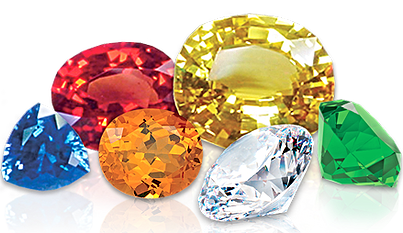
"upholding the highest standards of quality diamond and gem testing laboratory has set up an international standard laboratory, furnished with cutting-edge gem testing equipment, modern technology, and a team of extremely qualified .diamond and gem testing laboratory is the ultimate source for discovering the breathtaking world of diamonds, gemstones and jewelry.Reaching more corners of the world than any other organization, diamond and gem testing laboratory receives the widest variety of gemstones and fine jewelry articles for certification.Diamonds have been known around the world and throughout time as the most beautiful and most precious items on Earth.If you are interested in grading coloured stones diamond and gem testing laboratory will provide you with the necessary knowledge to help you in your career.
There are approximately 2,700 different minerals on record. However, less than one hundred are regarded as a gemstone or ornamental variety for jewelry use and fewer than 50 are regarded as common. Gem are grouped by their composition and classed by species and variety. Minerals form at different depths within the Earth. Some form close to the surface when solutions containing minerals and water experience a change (usually the evaporation of water) triggering the crystallization process. To illustrate this process one can dissolve salt into warm water. Let the water stand for a few weeks at room temperature and as it evaporates the salt crystals will form as the amount of water diminishes to a level where the salt can no longer be held in solution. Most gem varieties formed at depth from the elements present in the Earth's mantle. Initially these elements may be contained in molten mixtures called magma. As the molten material was forced closer to the Earth's surface by various processes, the mixtures cooled and minerals crystallized. Because silicon, oxygen and quartz are abundant in the Earth, it is no surprise that most gem are silicates, oxides and quartzes.